Throughout humankind’s history, exploration and discovery are in our essence to survive and adapt. We faced countless threats; eventually, we overcame them or found a solution. Right now, our next aim is to colonize Mars and become an interplanetary species. Colonizing Mars is not easy; we know that every aspect of Mars contains radiation from its air to the ground.

Mars’ atmosphere is not as strong as Earth’s; therefore, in the early stages, Mars’ architectural style will most likely be small inflatable pods to accommodate or live under the surface near a water crystal. After the early stages, most examples we see are based on using Mars soil as a 3D print resource and making thick domes to cover us from UV light. However, is that the only choice we have? Must we copy Earth’s architectural style to another planet?
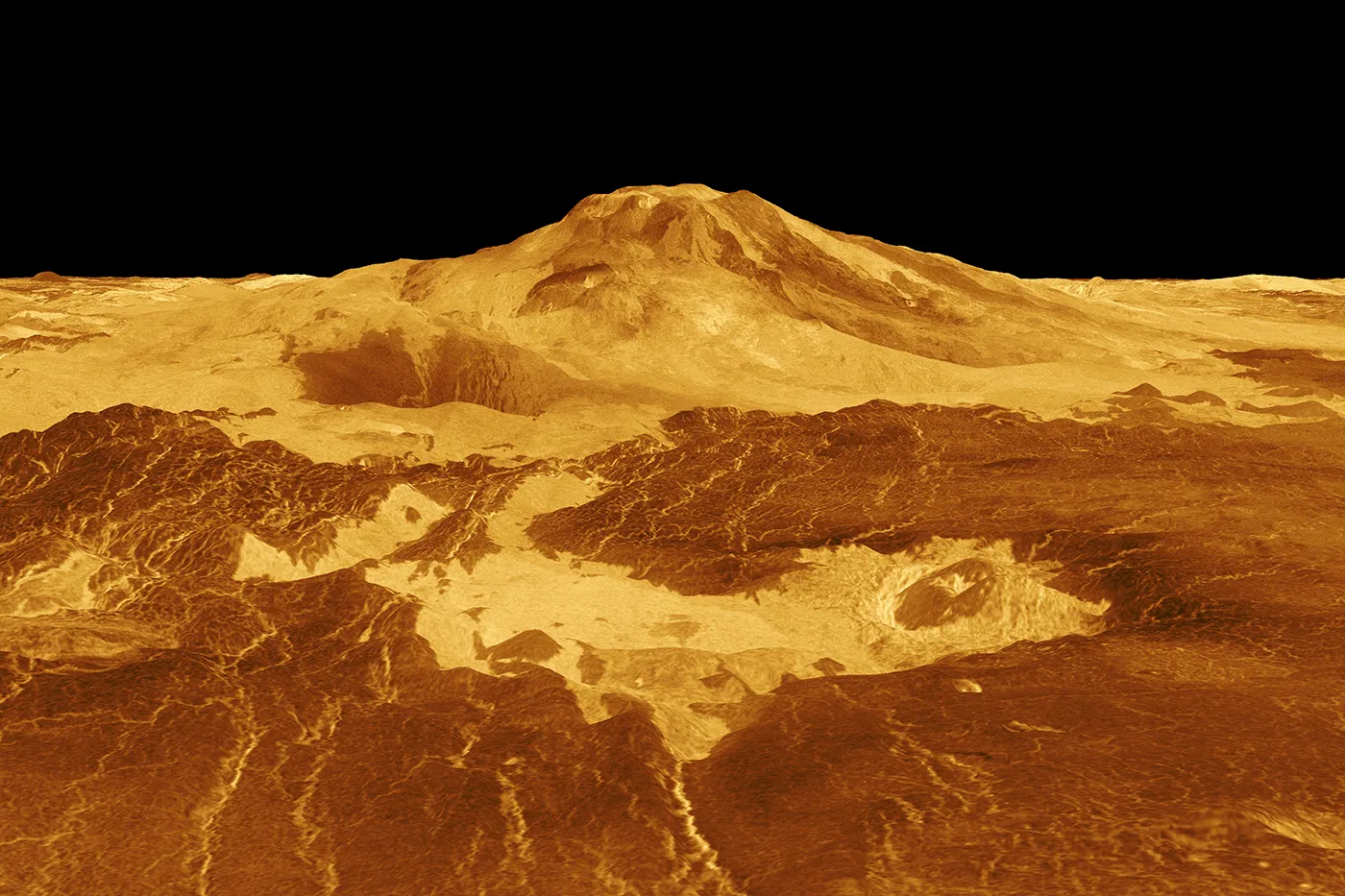
Through social media, we only heard of colonizing Mars; however, there is another option from NASA, we can colonize Venus. Venus is the second planet from our sun, and it’s a terrifying planet. Its atmosphere is full of carbon dioxide, clouds that rain sulfuric acid, and a surface temperature reaches 460 Celsius. You might ask, “why would we even live in there?” well, we don’t have to stay on the surface; we can fly through the sky. In “Colonization of Venus,” Geoffrey A. Landis, a NASA scientist and Sci-Fi author, says:
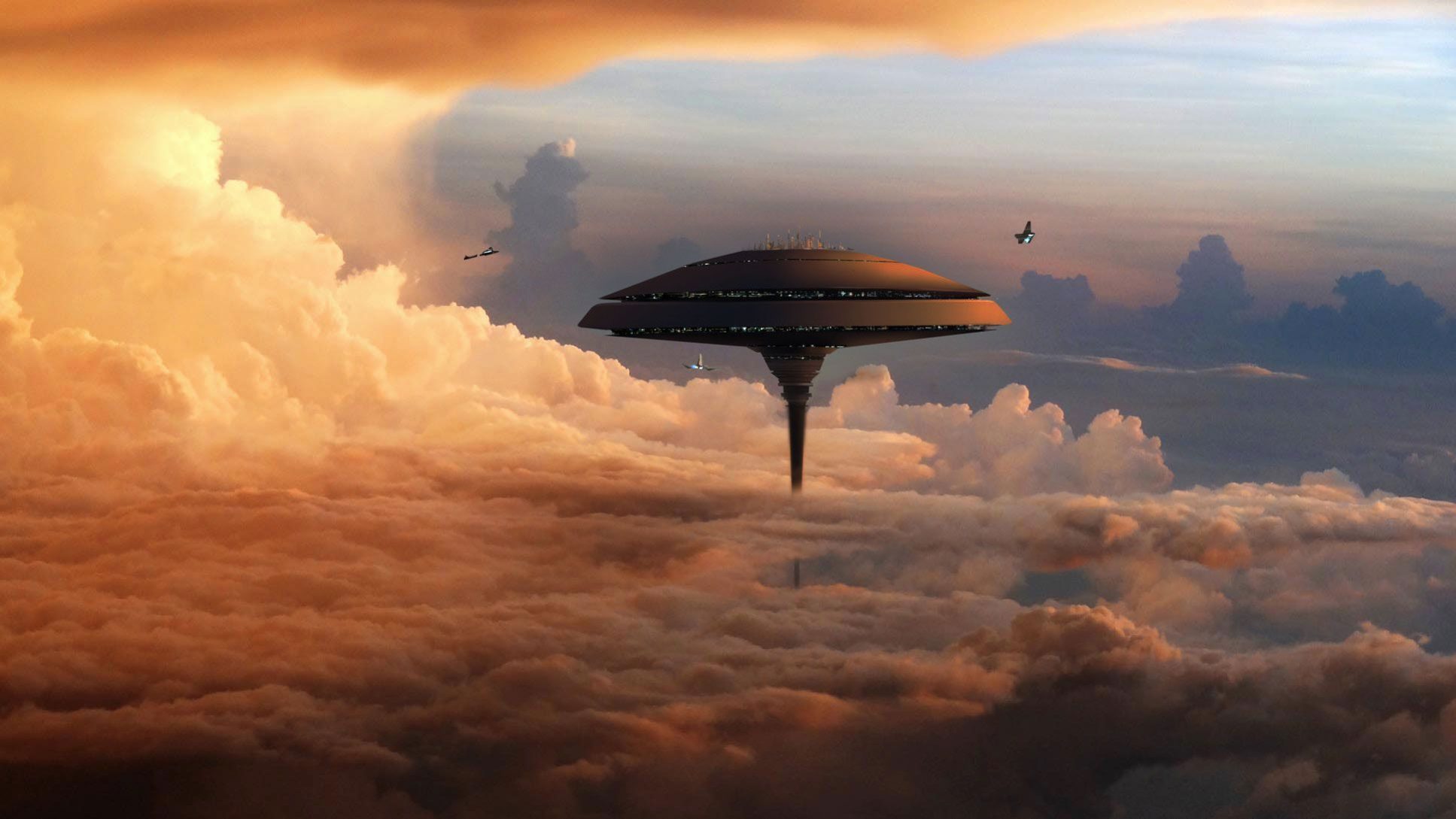
“Although the surface of Venus is an extremely hostile environment, at about 50 kilometers above the surface, the atmosphere of Venus is the most Earth-like environment (other than Earth itself) in the solar system. It is proposed here that in the near term, human exploration of Venus could take place from aerostat vehicles in the atmosphere and that in the long term, permanent settlements could be made in the form of cities designed to float at about fifty-kilometer altitude in the atmosphere of Venus.”
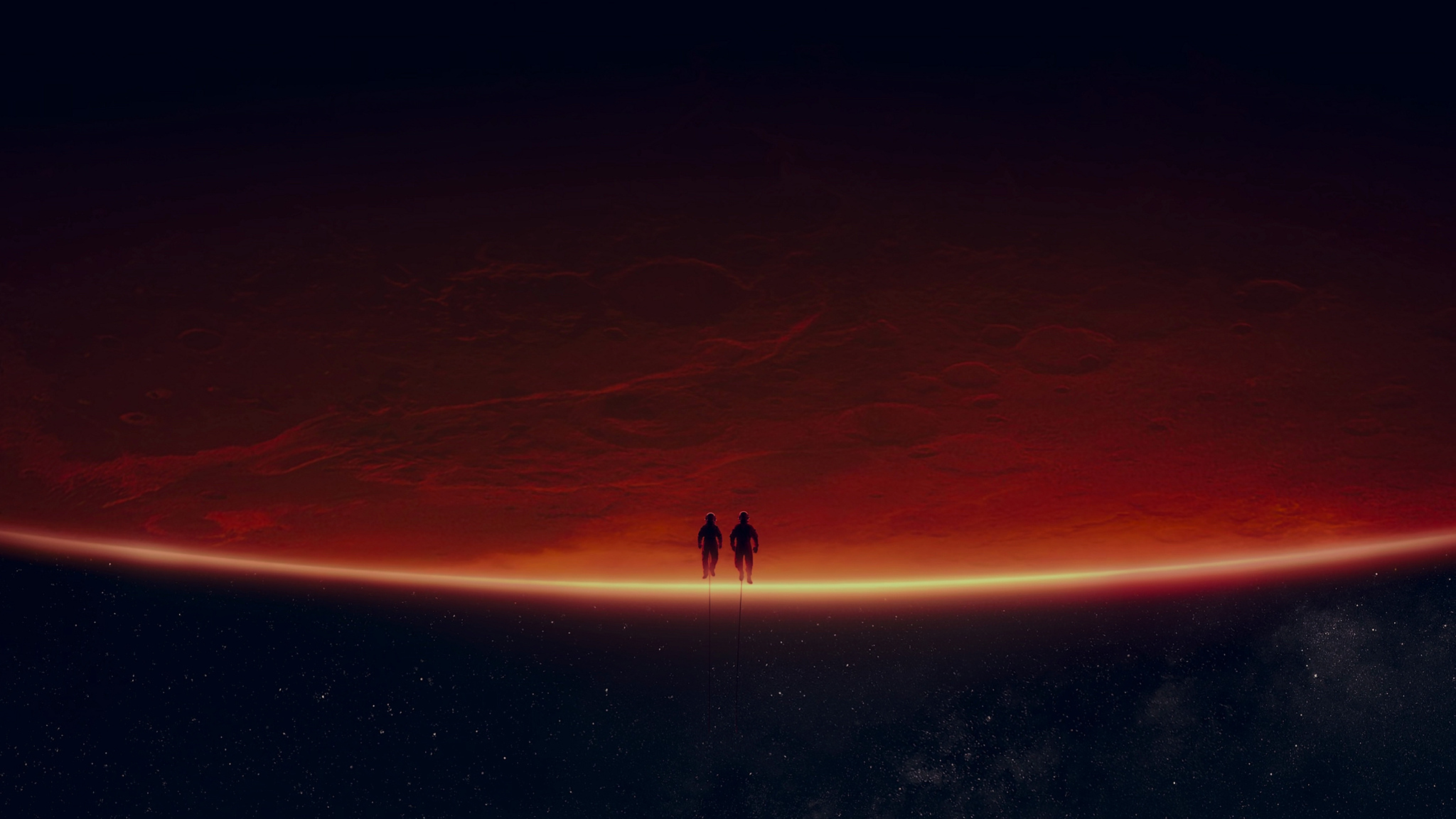
Venus
We can design cities that flow through the skies on Venus. A new playfield for architects to test their limits and design an undesignable. Geoffrey also mentions that A one-kilometer diameter balloon will lift 700,000 tons. If we double that balloon, it will lift around six tons due to the density of gas on the surface of Venus. It gives architects a new opportunity and a new challenge.
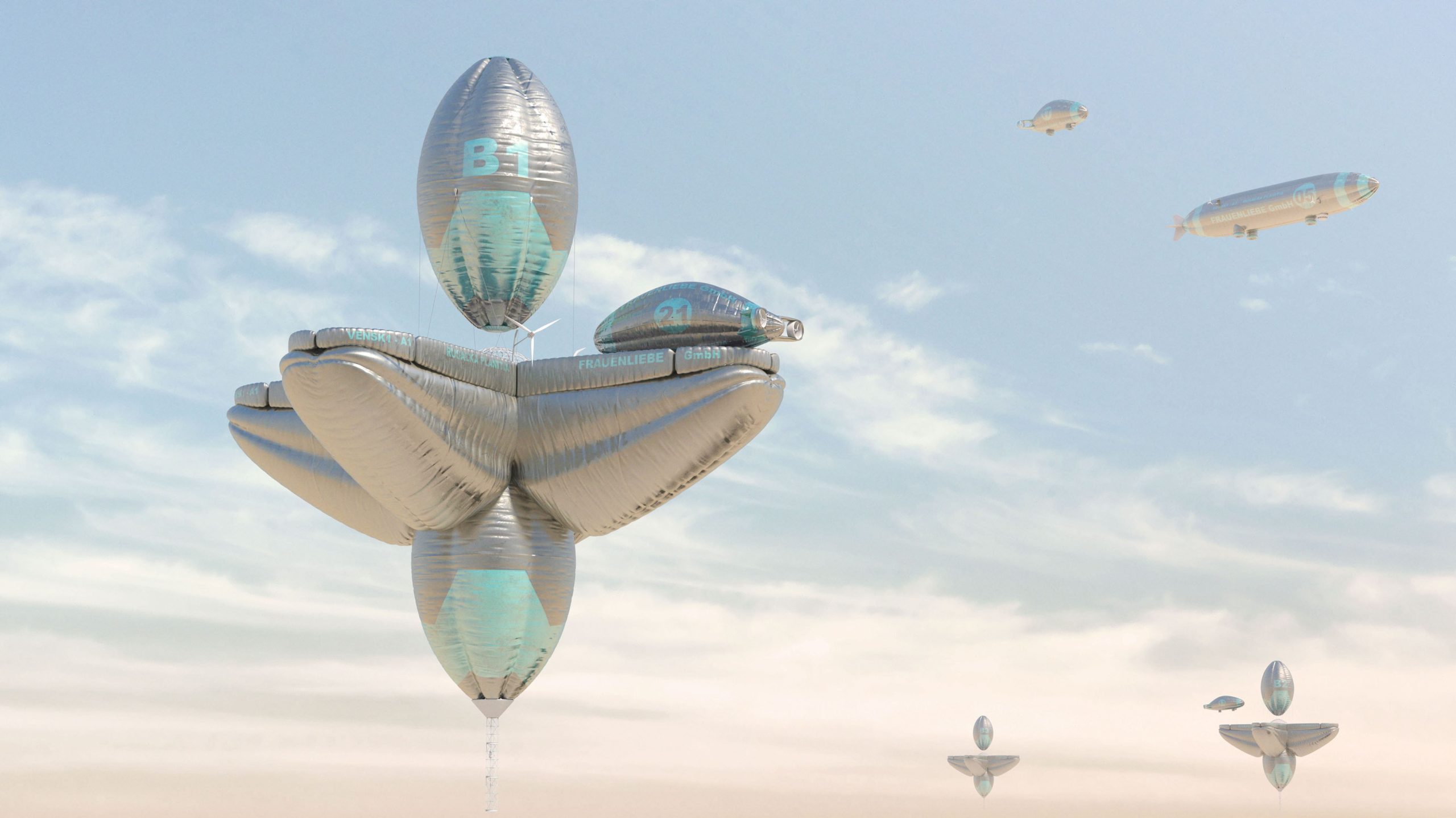
Nonetheless, the upper atmosphere of Venus’s pressure is around 1,000 hectopascals(hPa), and Earth’s pressure is 1013 hPa at sea level. Also, its atmosphere is strong enough to provide a shield from radiation. When it comes to air and water resources, Venus does not have any water as far as we know. However, it has tons of deadly clouds made of sulfuric acid, and through electrolysis, those molecules can be separated and recombined to form water. What about oxygen? In Venus’s atmosphere, abundant carbon dioxide and nitrogen can be used to grow plants to produce breathable air plus food; you’re lucky if you’re a vegan.
NASA already has a mission for Venus, HAVOC (High-Altitude Venus Operational Concept), which started around 2015. However, what would be Venus’s Architecture? It can be a difficult question, but there is an example from Irrational Games.
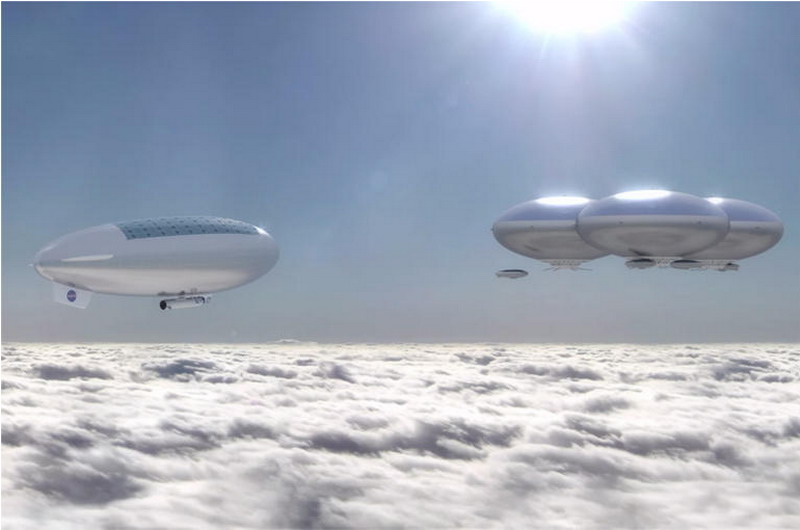
Bioshock Infinite, Flying City
Bioshock Infinite, a First-person shooter game made by Irrational Games, is the final game of the Bioshock series. In the first two games, the city of Rapture was an underwater city. However, at the end of the series, it takes place in an airborne city called “Colombia.” The game was made by Ken Levine, who also produced “System Shock 2” and “Thief: The Dark Project” and made quite an impact in its time.
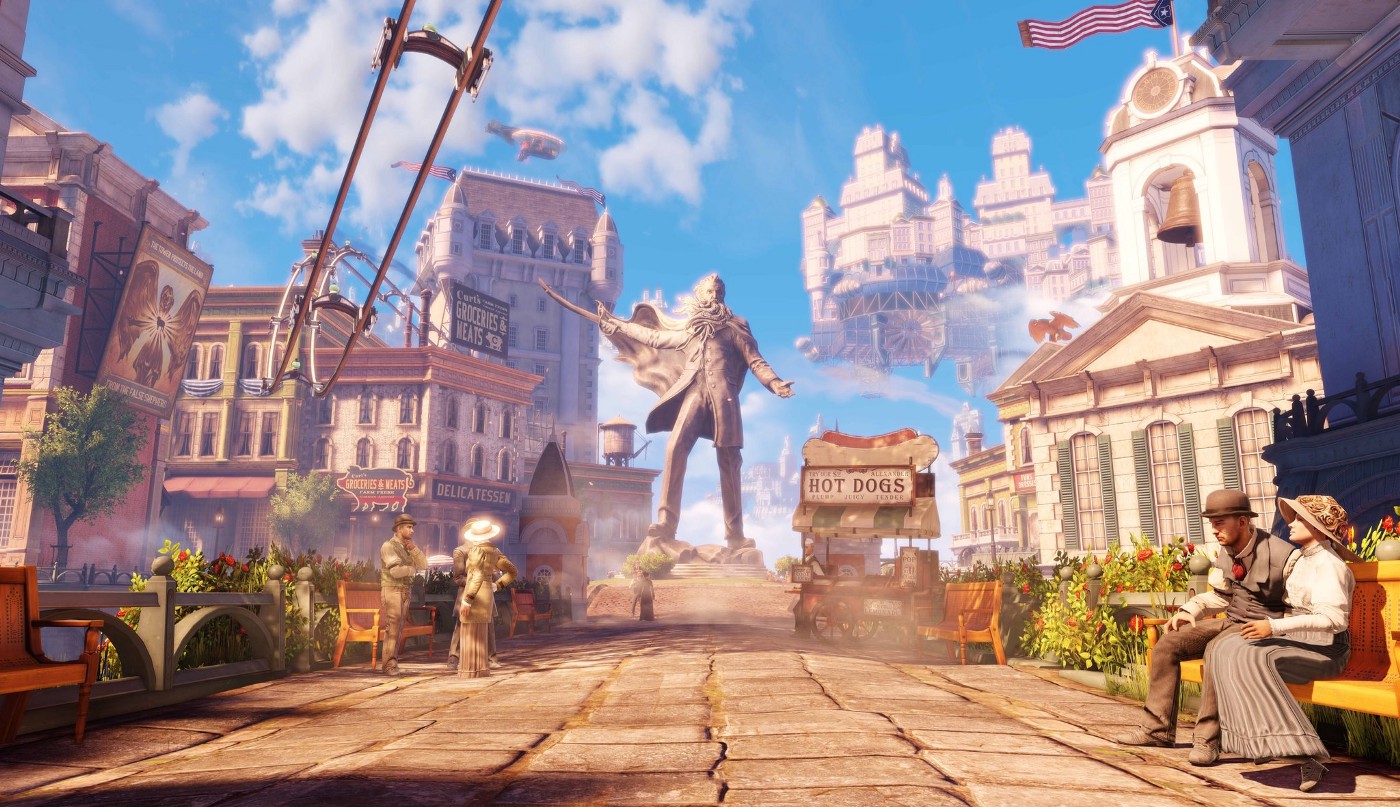
Bioshock Infinite took place in the airborne city of Colombia in 1912. In summary, we are playing Booker DeWitt and trying to find a mysterious woman and discover the secrets of this city. The game explores the chaos caused by strong ideals taken to an extreme and philosophical concept of “American Exceptionalism” perverted into ultranationalism, religious fanaticism, and social Darwinism. For its environment design, it uses Steampunk Style mixed with Beaux-Arts.
If you’re inspired by the imaginative worlds of games like Bioshock Infinite, why not take a step further and create your own with Unreal Engine? Through PAACADEMY, you can learn the tools to bring these visions to life.
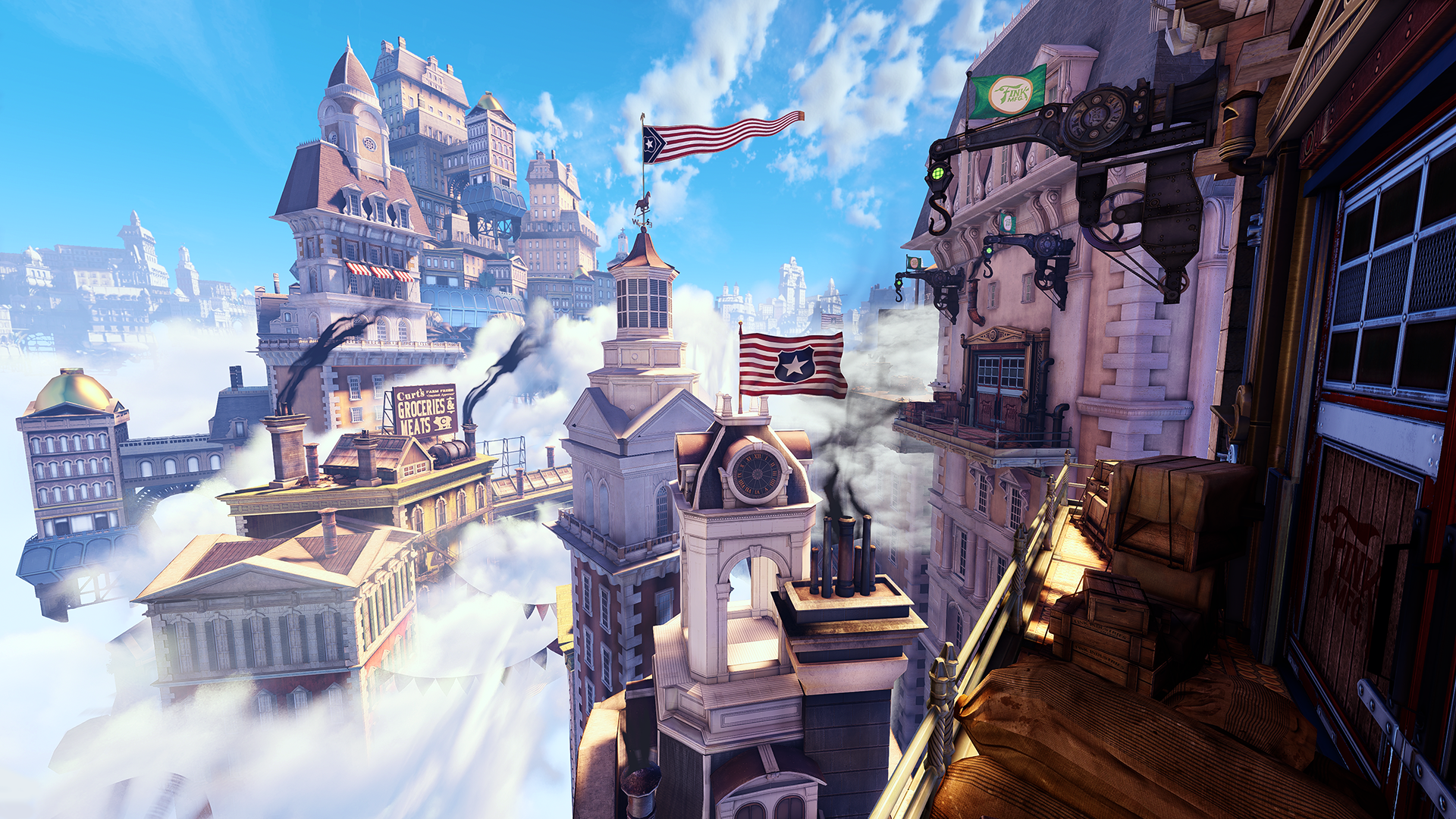
City Planning of Bioshock Infinite
When we look at the game world has been designed by building multiple islands and identifying each island for a function. There is not just one solid surface on which the city has been constructed. It has five types of islands: Industry Zone (Battleship Bay), Public Space (Main Street), Carnival (Ferris Wheel), Municipality (First Lady’s Aerodrome), and Monument (Hall of Heroes). Simple zoning system, however, this world is still a utopia; therefore, the municipality takes place at the highest point, and the Industry zone is at the lowest point. Therefore, we have a social status hierarchy.
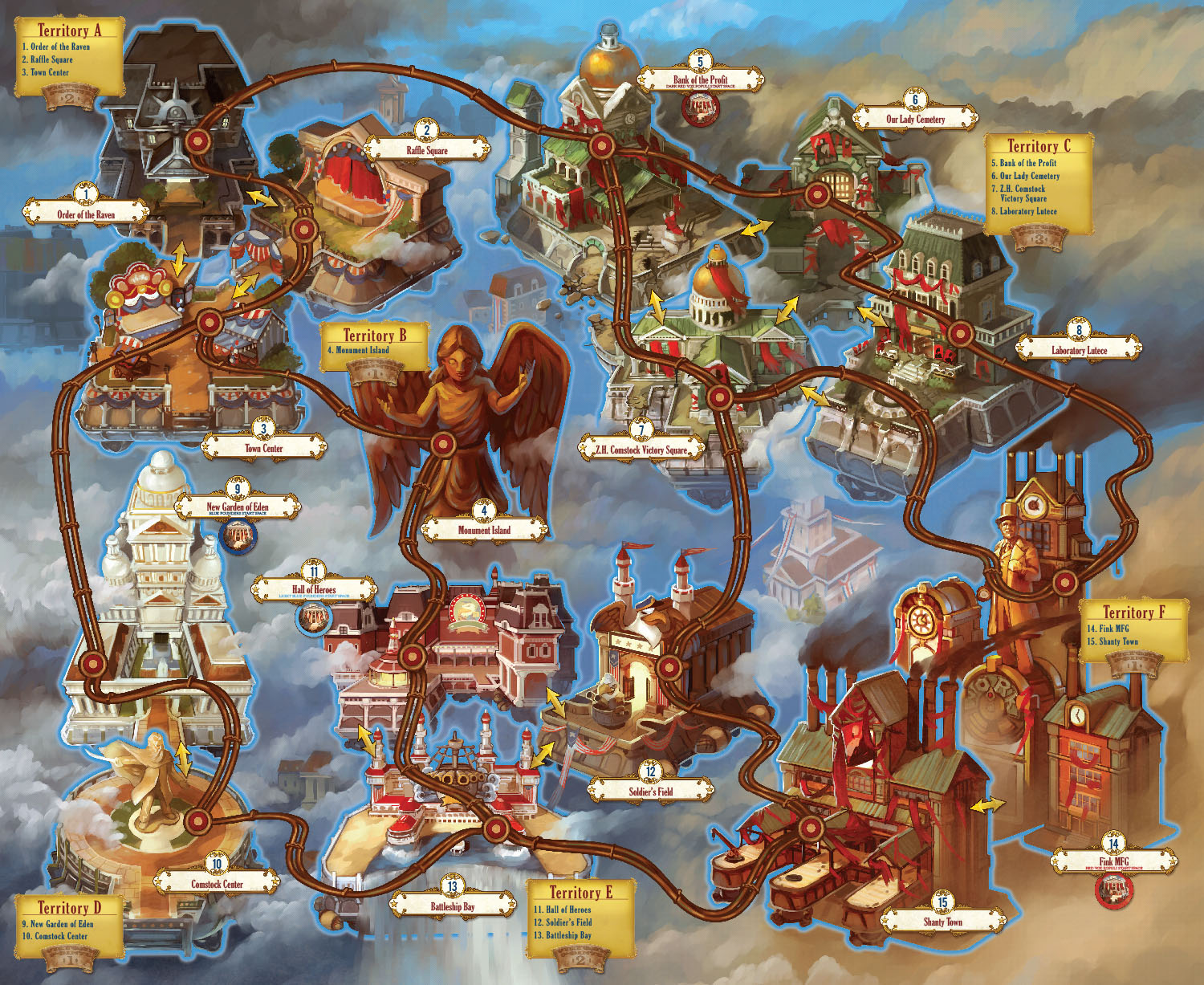
In order to travel through each of these islands, you must take Zeppelin or flying Gondola. Also, a railroad system connects to every island used for logistics, or it can be used as a pedestrian by using a tool called “skyhook.” Therefore, we can say it’s a walkable and hookable city.
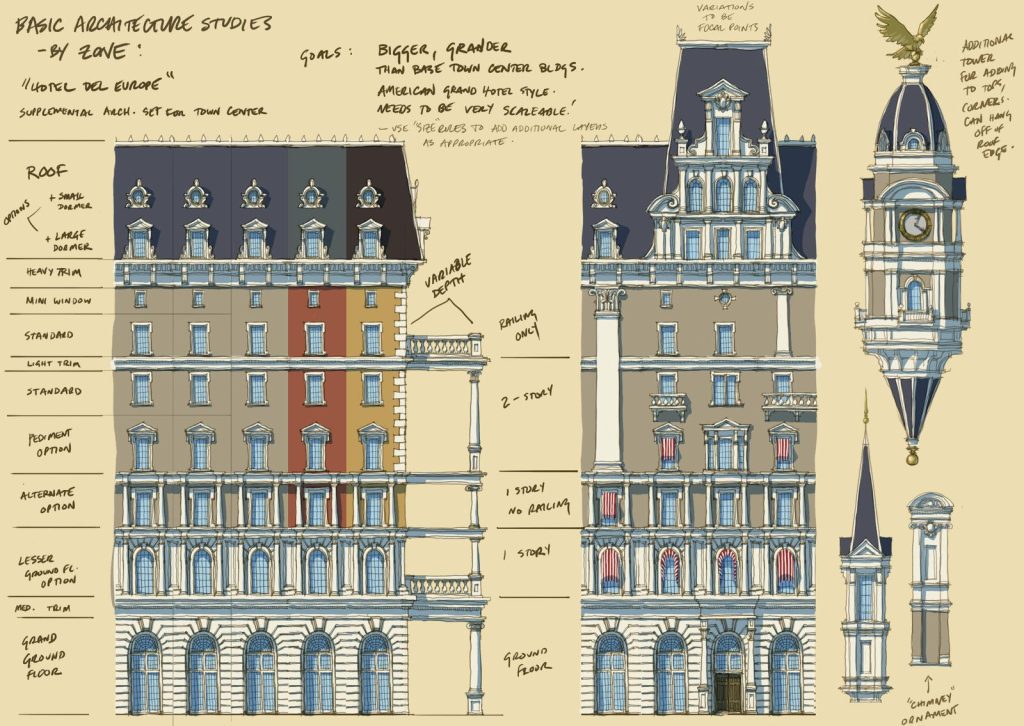
The Inspiration
We can see a lot of architectural inspiration in this game, like Beaux-Arts and some Neoclassicism mixed with Steampunk style. In an interview with Ken Lewin, he mentions that while building this world and determining it’s style, they struggled for around 6 months. At that time, the artists on the game were reading the book “The Devil in the White City” by Erik Larson, which is about the building of the 1893 World Fair in Chicago. When it was shared with the whole team and Ken, there was a huge impact.
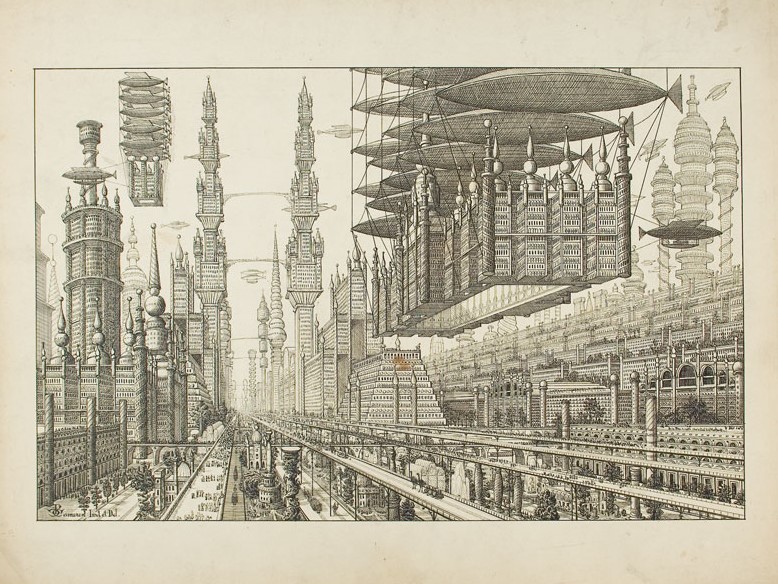
“They turned me on to that, and we became really drawn to that period. I felt that the book did a really great job of giving a feel for what was happening in the USA at the time, and we drew a lot of inspiration from that. In addition, the floating city was a common fantasy around the turn of the century, for example, Peter Caledon Cameron’s Nodnol City.”

What can we learn from Bioshock Infinite?
Considering Venus or any other planet might not have designed Bioshock Infinite. However, we can’t deny the detailed work put in the game’s world in city design and architectural design. We don’t have to consider Beaux-Arts, Neoclassicism, or Steampunk style when we start to define Venus architecture. Still, we cannot ignore that there are some solutions that we can use, such as logistics or zoning.
Remember that the project HAVOC by NASA started in 2015, and Bioshock Infinite came out in 2013. We were not considering colonizing Venus or even thinking about how to solve logistic problems or find a solution in zoning. That’s the benefit of games; simulating a world seems like fantasy but can be turned into reality in the future. Nevertheless, the planets there are designed by doing very well and deep research, so the game itself can be used as data.
“The challenge was finding something that looked both fantastical yet believable. Although Columbia is in the air, the art team drew on a huge amount of research of the art, fashion, architecture and propaganda of the early 1900s. If our city doesn’t feel like a place people could actually inhabit, we haven’t done our job.”




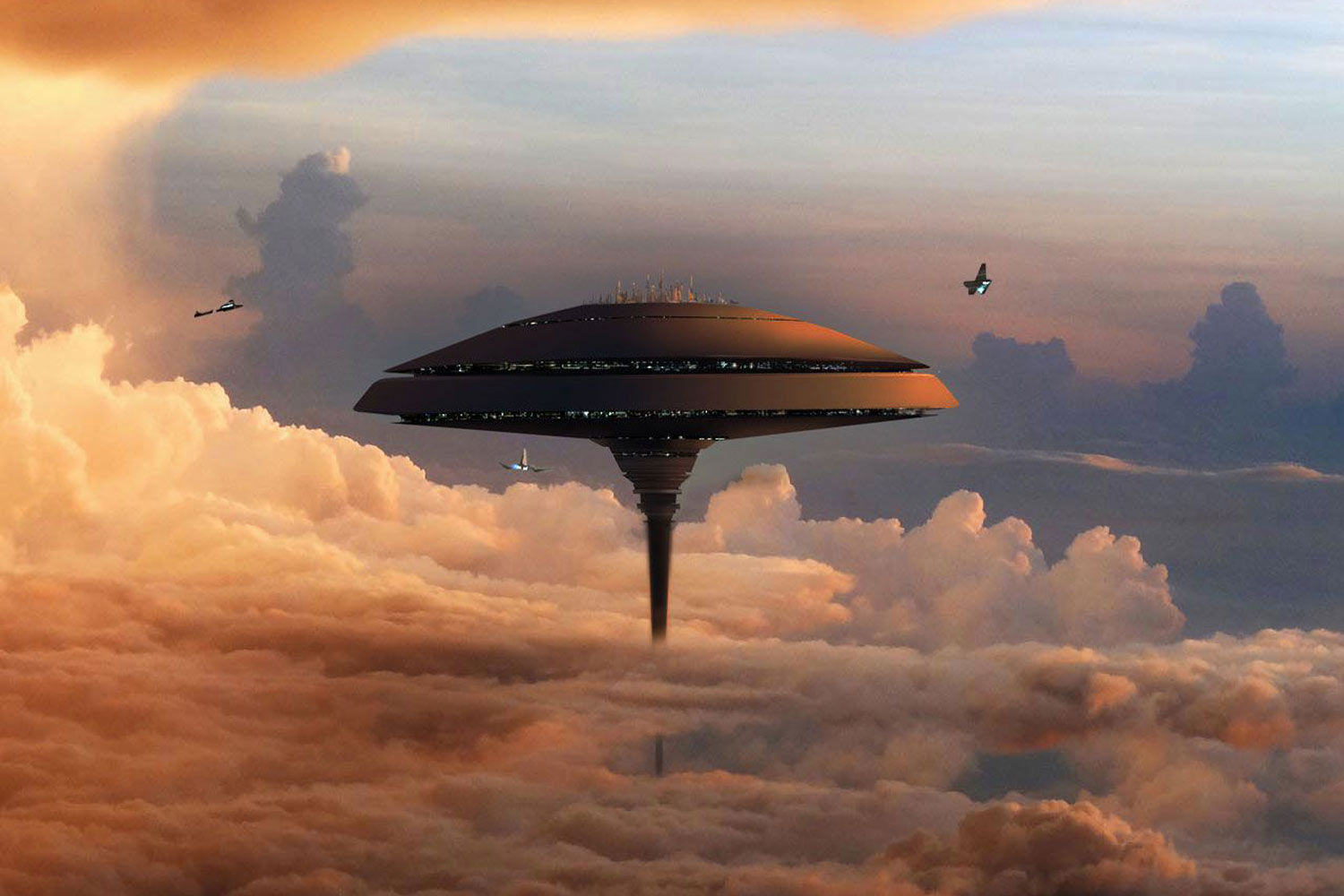
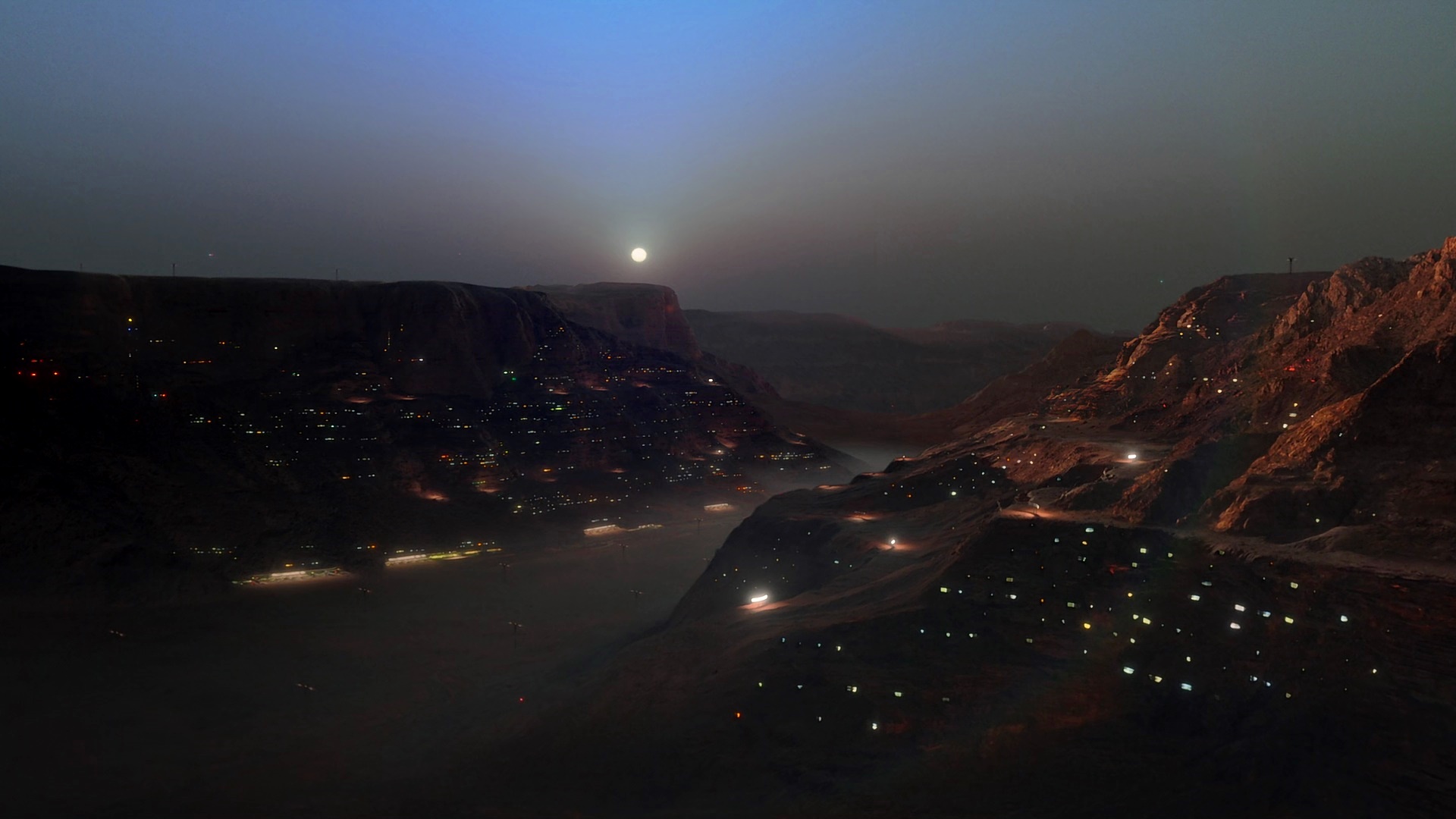
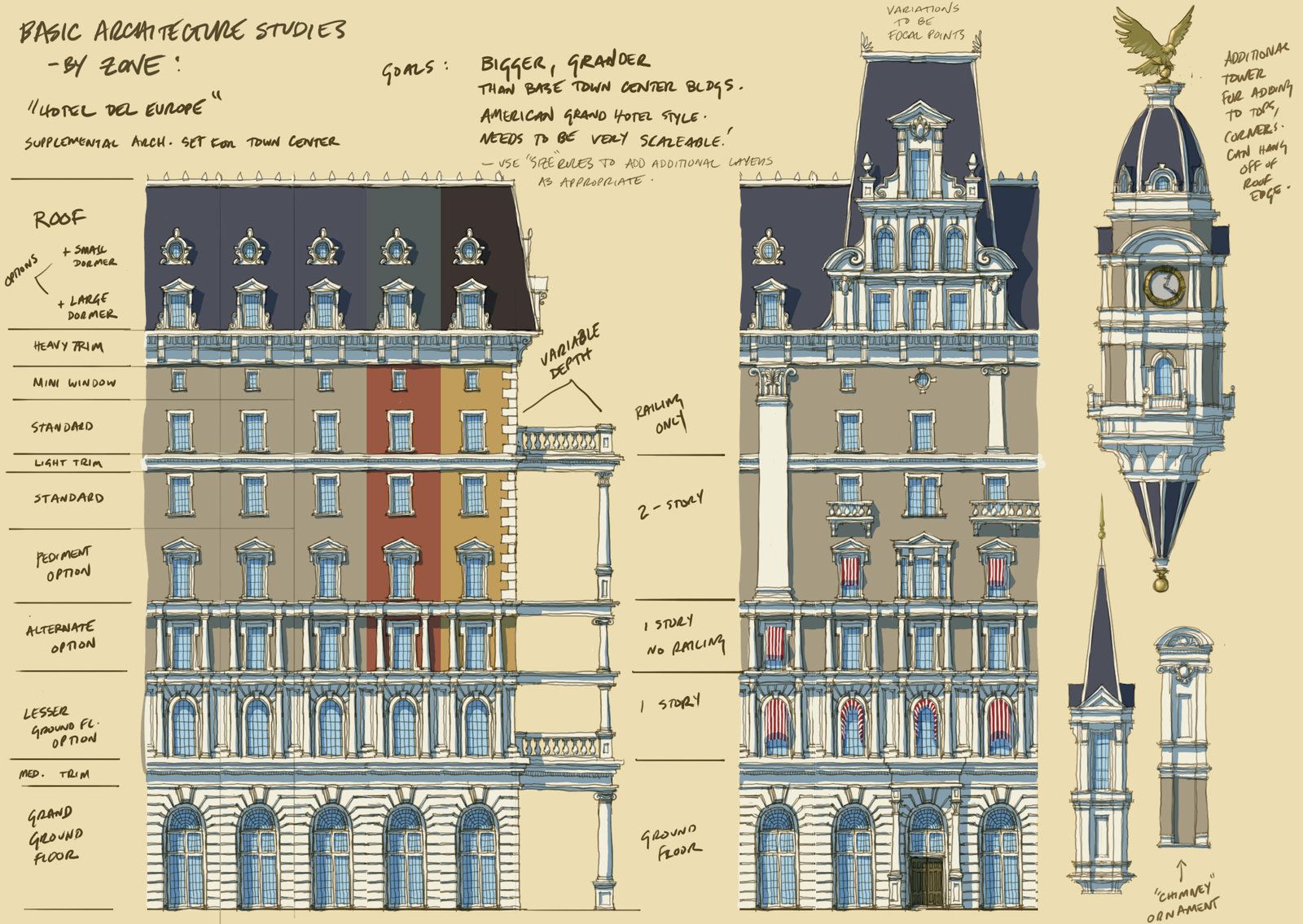

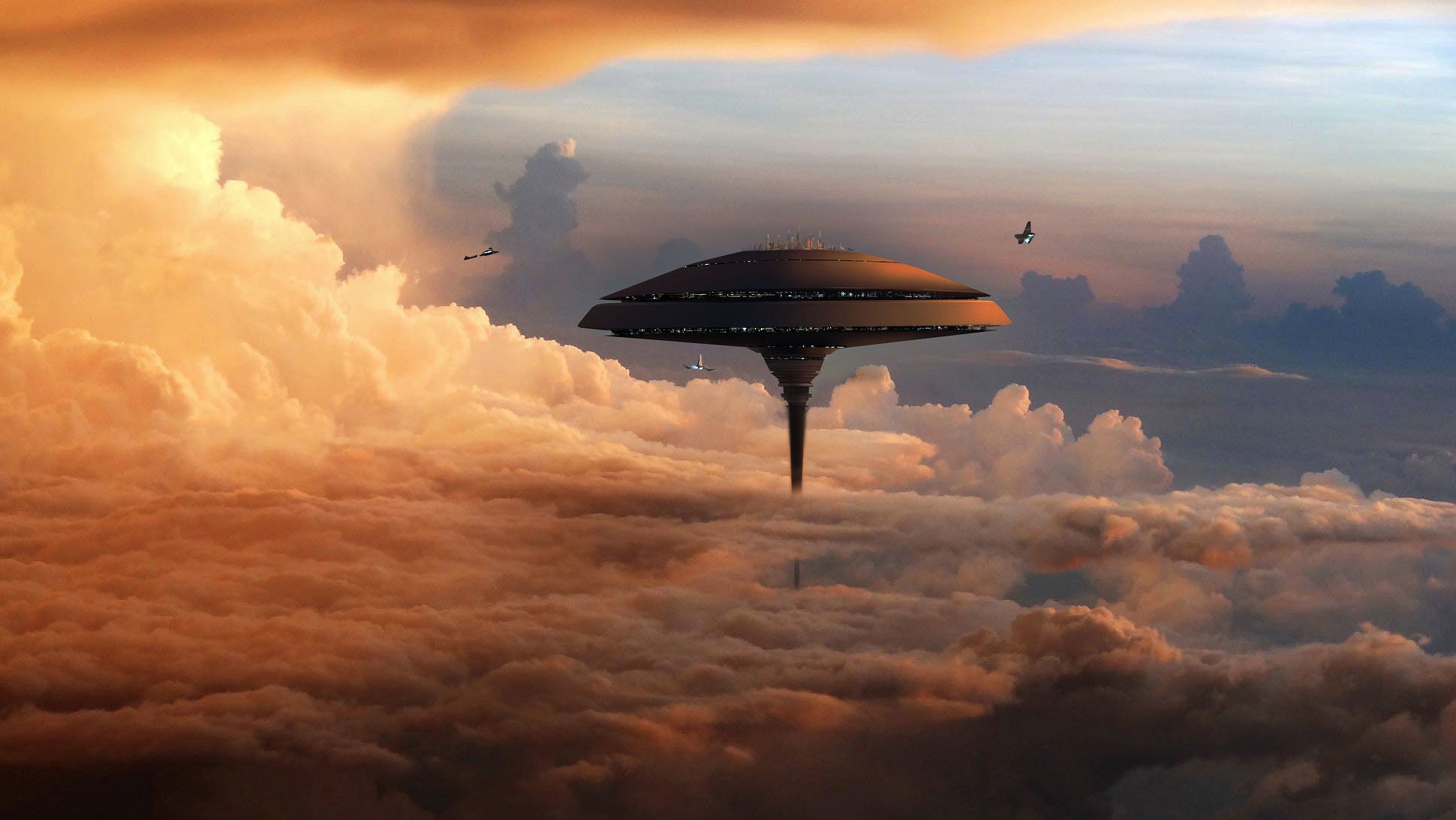
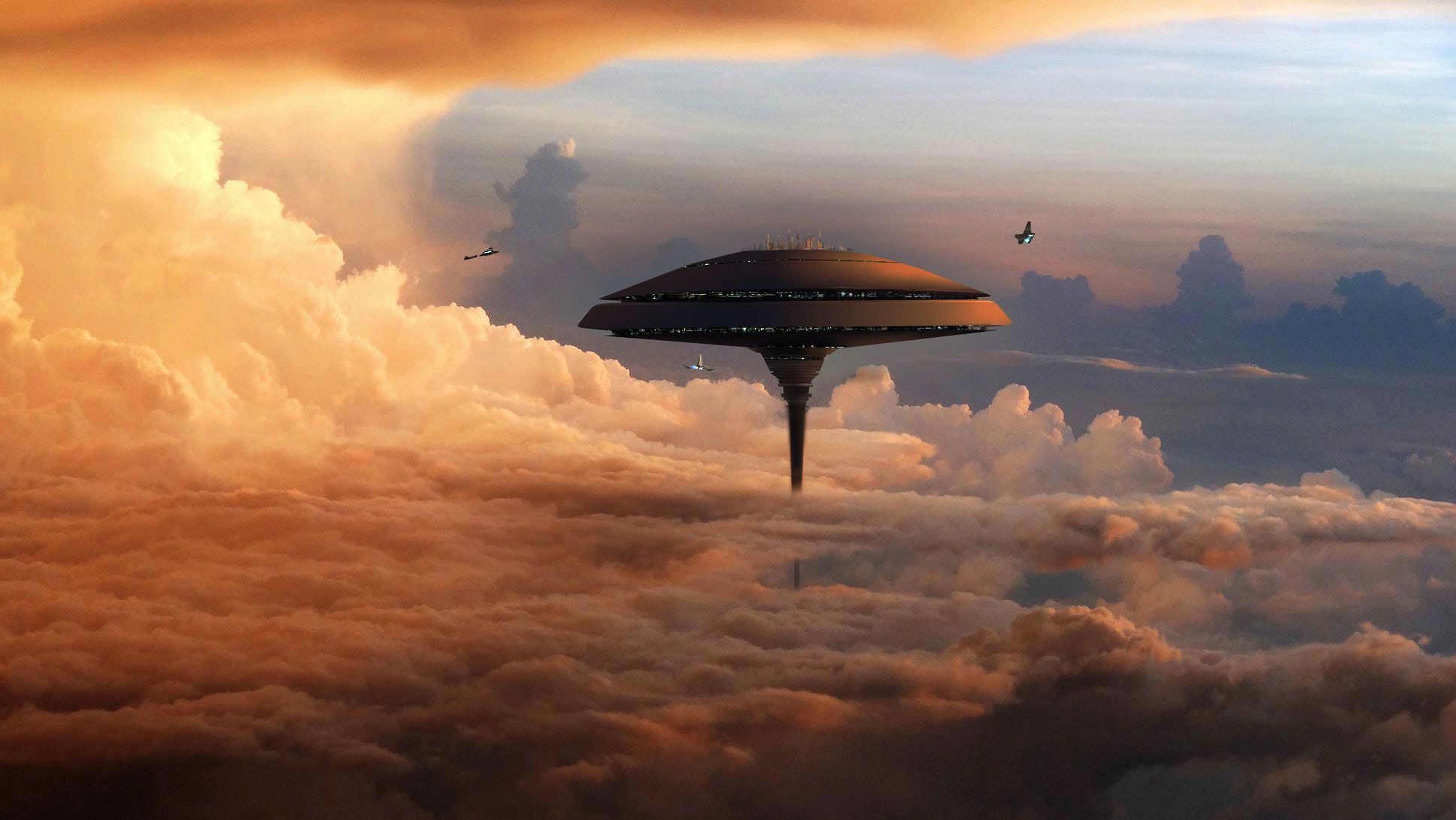

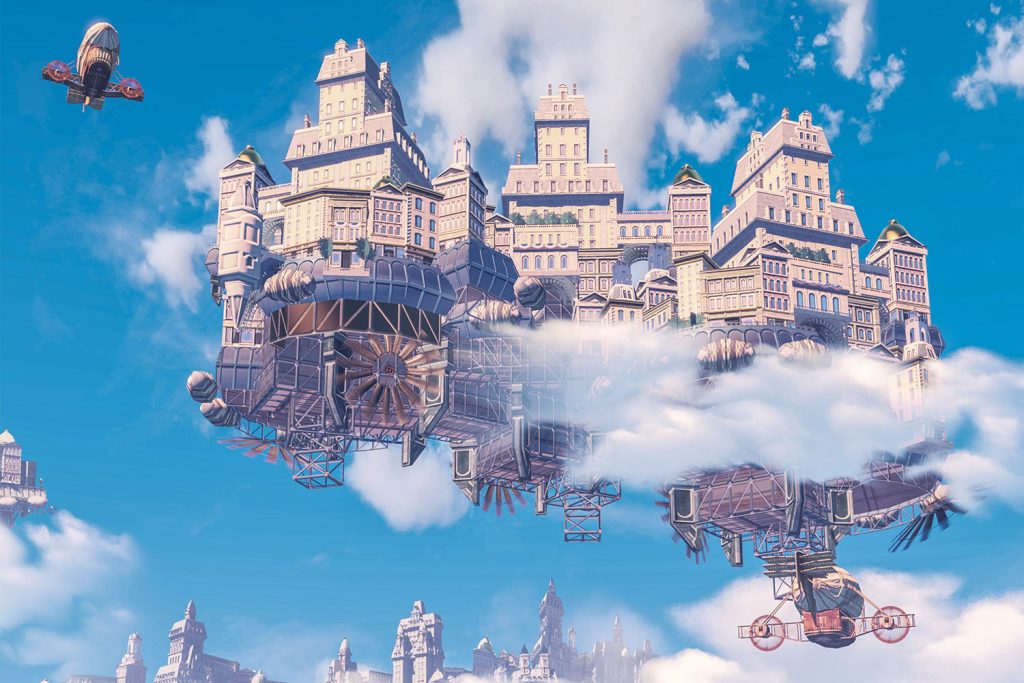



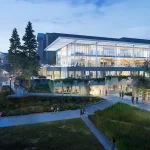










Leave a comment